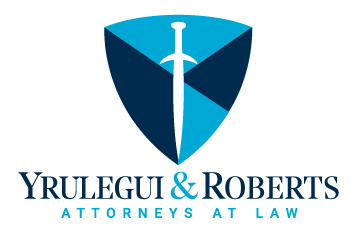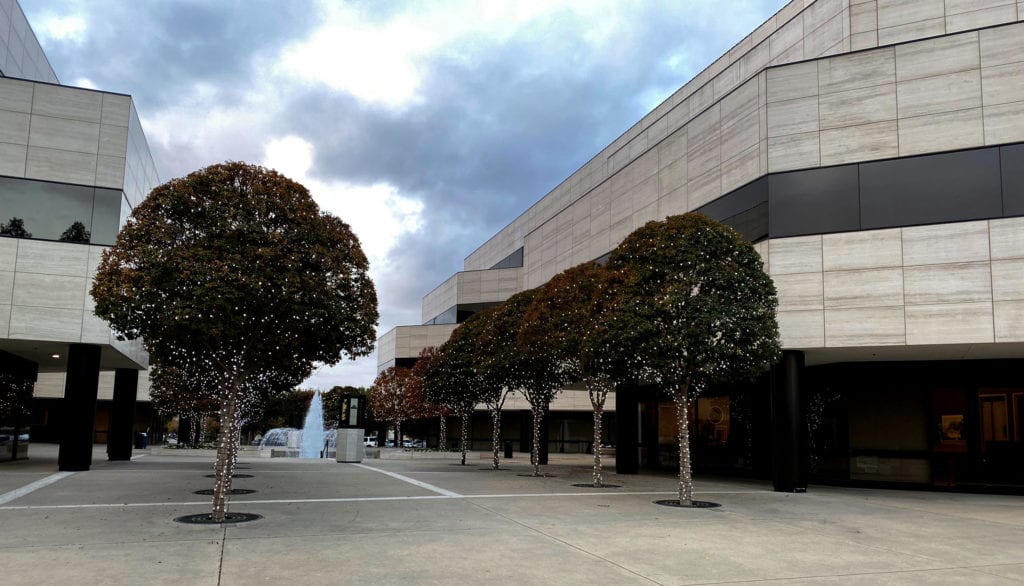By Peter Yoon
In the recent months, our office has seen an influx of Petitions for Non-IBR Disputes for Medical-Legal Expenses. These petitions are being filed by providers of various services. Some examples include Qualified Medical Examiners, treating physicians, and diagnostic testing.
The procedures for payment disputes relating to medical treatment and medical-legal expenses are laid out in Title 8, California Code of Regulations section 10451.1 through 10451.3. These regulations pertain to all dates of injury where a utilization review decision modifying or denying the requested treatment was communicated to the provider on or after July 1, 2013. The regulations also apply to all medical treatment rendered for dates of injury on or after January 1, 2013. Finally, the regulations also apply to all medical-legal expenses incurred on or after January 1, 2013.
Labor Code section 4620 defines a medical-legal expense as “any costs and expenses incurred […] which may include x-rays, laboratory fees, other diagnostic tests, medical reports, medical records, medical testimony, and as needed, interpreter’s fees by a certified interpreter [..] for the purpose of proving or disproving a contested claim.” It further states that a contested claim exists if (1) the employer rejects liability for a claimed benefit, (2) the employer fails to accept liability for benefits after the expiration of a reasonable period of time within which to decide if it will contest the claim, or (3) the employer fails to respond to a demand for payment of benefits after the expiration of any time period fixed by statute for the payment of indemnity.
In 2017, the presiding judge of the San Diego District Office, Judge Cliff Levy, wrote a short paperon the Workers’ Compensation Appeal Board’s determination of medical treatment and medical-legal payments disputes. Judge Levy explained that the Petition for Determination of Non-IBR Medical-Legal Dispute is used to litigate threshold issues. California Code of Regulations section 10451.1(c) lists these threshold issues to include employment, insurance coverage, the statue of limitations, whether the expense was incurred at the request of a party, whether the expense was incurred to prove an issue in dispute at the time the expense was incurred, and whether the expense was reasonably necessary. These threshold issues could entirely defeat the medical-legal expense claim.
For medical-legal expenses incurred prior to January 1, 2013, the providers were required to file lien claims to pursue reimbursement. However, this is now optional for expenses incurred on or after January 1, 2013. The providers can choose to file a petition to avoid the lien filing fee and other filing requirements.
California Code of Regulations section 10957 further details that if the only issue concerning the dispute is whether payment was according to fee schedule, the dispute is to be resolved by way of Independent Bill Review.
In the present case, the provider chose to forego filing a lien and filed a petition. A common theme among these cases was the claim was accepted, partial payments were made, and an explanation of review was sent to the provider. In some cases, additional partial payments were made following a request for second bill review. The issuance of the partial payments and explanations of review are critical as California Code of Regulations section 10451.1(f) outlines that failure to abide by the time limits in the regulations amounts to a waiver of the issue. Subsection (f)(2) indicates that the provider has 30 days from receipt of the final written determination of the request for second bill review and payment to request Independent Bill Review. If no such request is made, all objections are deemed to be waived. These regulations require both the petitioner and defendant to abide by these time limits.
Here, the provider failed to request Independent Bill Review after receiving the second partial payment and explanation of review. Therefore, per the regulations, the issue should be resolved. An important key distinction to note for this example is the provider’s liens have been stayed by the DWC pursuant to Labor Code section 4615.
Despite the procedural issues, these providers are still filing petitions. This is likely done to trigger actions from both the Appeals Board and defense. Currently, we have yet to see the Appeals Board award reimbursement to the provider on the petition alone. In reviewing the petitions, the providers fail to outline any of the procedural history and bill review for the dispute. The providers are not acknowledging receipt of the partial payments and are seeking penalties and interest for the total amounts. The providers are using the petition to coax settlement.
These types of petitions are starting to put greater importance on the timely handling of expenses relating to medical treatment and medical-legal issues. In the present case, the claims adjuster provided a copy of all explanations of review, payment information, along with a copy of the check, and other information showing the bill was dealt with timely. This evidence was used to file a response to the petition and seek costs and sanctions relating to this matter.
With the Workers’ Compensation Appeals Board now cracking down on lien claimants, this appears to be a new tactic for lien claimants to try and obtain reimbursement on their liens. It falls on the defense to maintain records and timely respond to all bills. Timely bill review, explanations of review, and issuance of payments when bills are first received will help avoid negotiating and paying providers when no additional payment is warranted.


